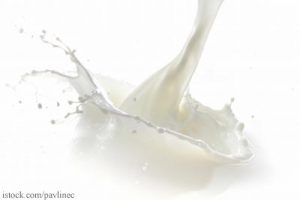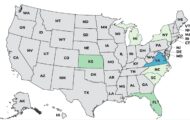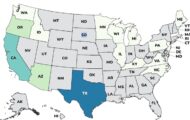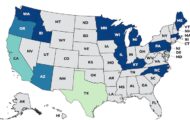A new study published in the July 2012 Marine Pollution Bulletin has found elevated levels of caffeine in the Pacific ocean waters off the coast of Oregon. Scientists from Portland State University and Washington State University in Vancouver included caffeine, a biologically active drug, in their survey of pollutants.
 Caffeine is a contaminant of freshwater and marine ecosystems. The amount of caffeine in seawater ranged from below the reporting limit of 8.5 ng/L to 44.7 ng/L. (ng/L is nanograms per liter.) Concentrations of caffeine in rivers and estuaries draining into the ocean were as high as 152.2 ng/L. The concentrations and occurrence didn’t correlate with location near cities, but did correlate with storms. In other words, storms that trigger sewer overflows increase the caffeine level in the water.
Caffeine is a contaminant of freshwater and marine ecosystems. The amount of caffeine in seawater ranged from below the reporting limit of 8.5 ng/L to 44.7 ng/L. (ng/L is nanograms per liter.) Concentrations of caffeine in rivers and estuaries draining into the ocean were as high as 152.2 ng/L. The concentrations and occurrence didn’t correlate with location near cities, but did correlate with storms. In other words, storms that trigger sewer overflows increase the caffeine level in the water.
Wastewater treatment plants can handle caffeine and are effective at removing it, but septic tanks, especially those used at state parks, may not be able to contain pollutants. Caffeine is used as a marker of contamination and pollution, so there may be other pollutants in the water at higher concentrations.
The amount of caffeine found is not lethal to marine organisms, but it can cause cellular stress. Mussels, for instance, are stressed at 50 ng/L. The authors of the study want to look at septic tanks in areas along the coastline to see what role they play in water pollution and contamination.




